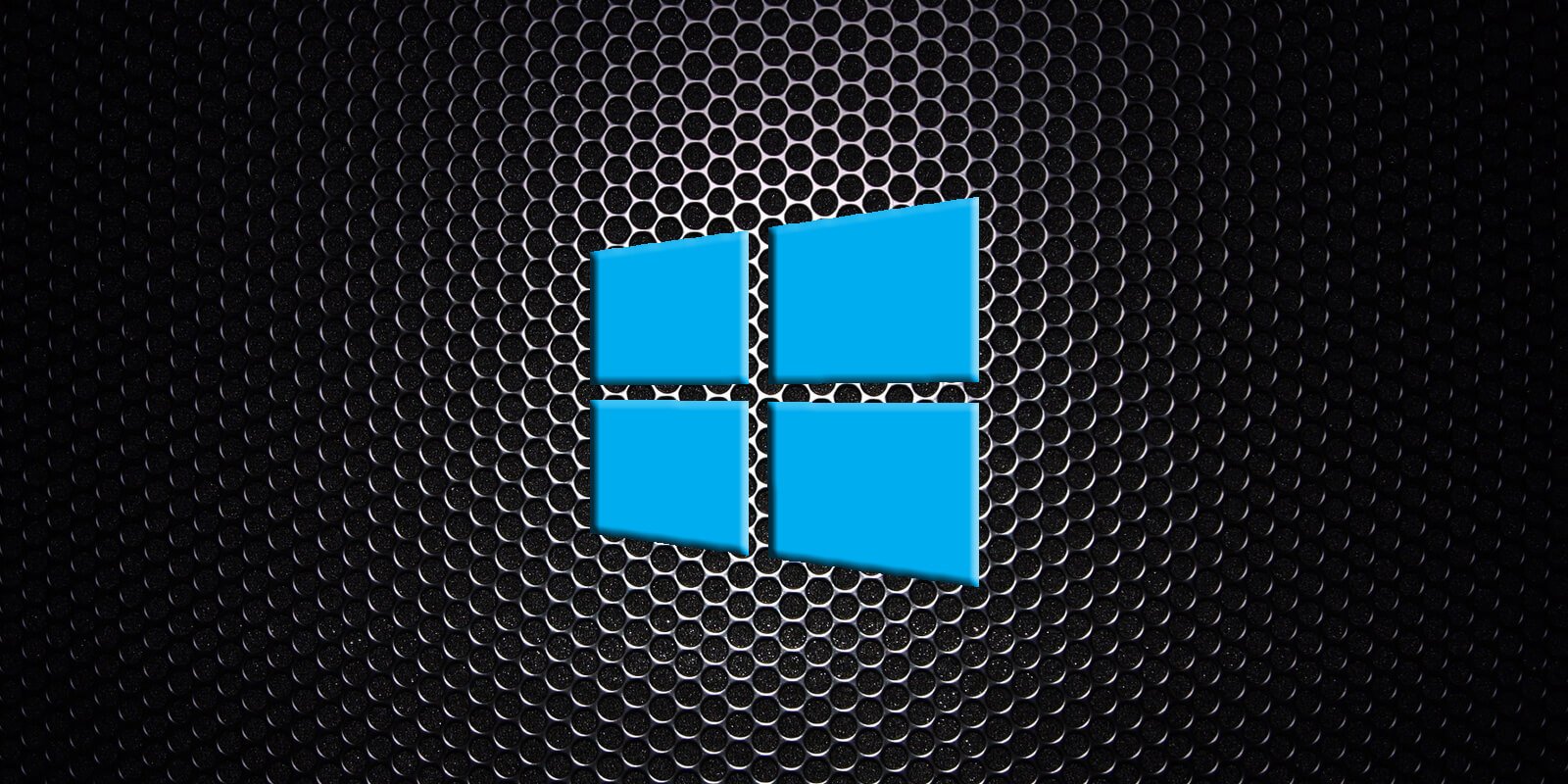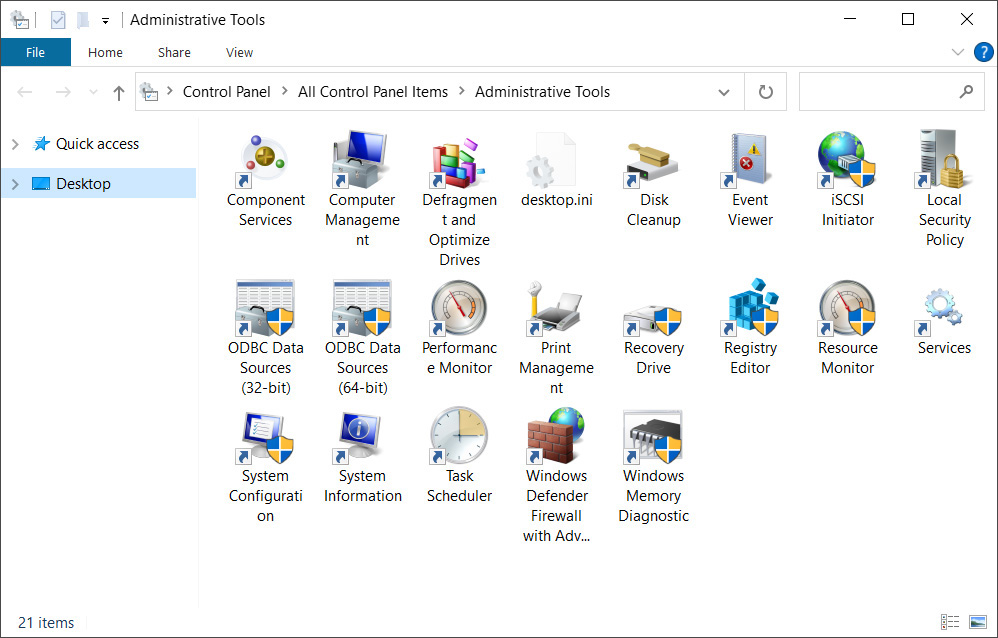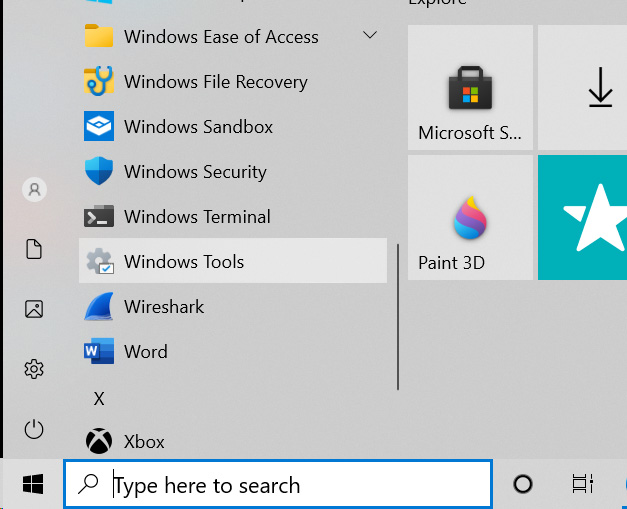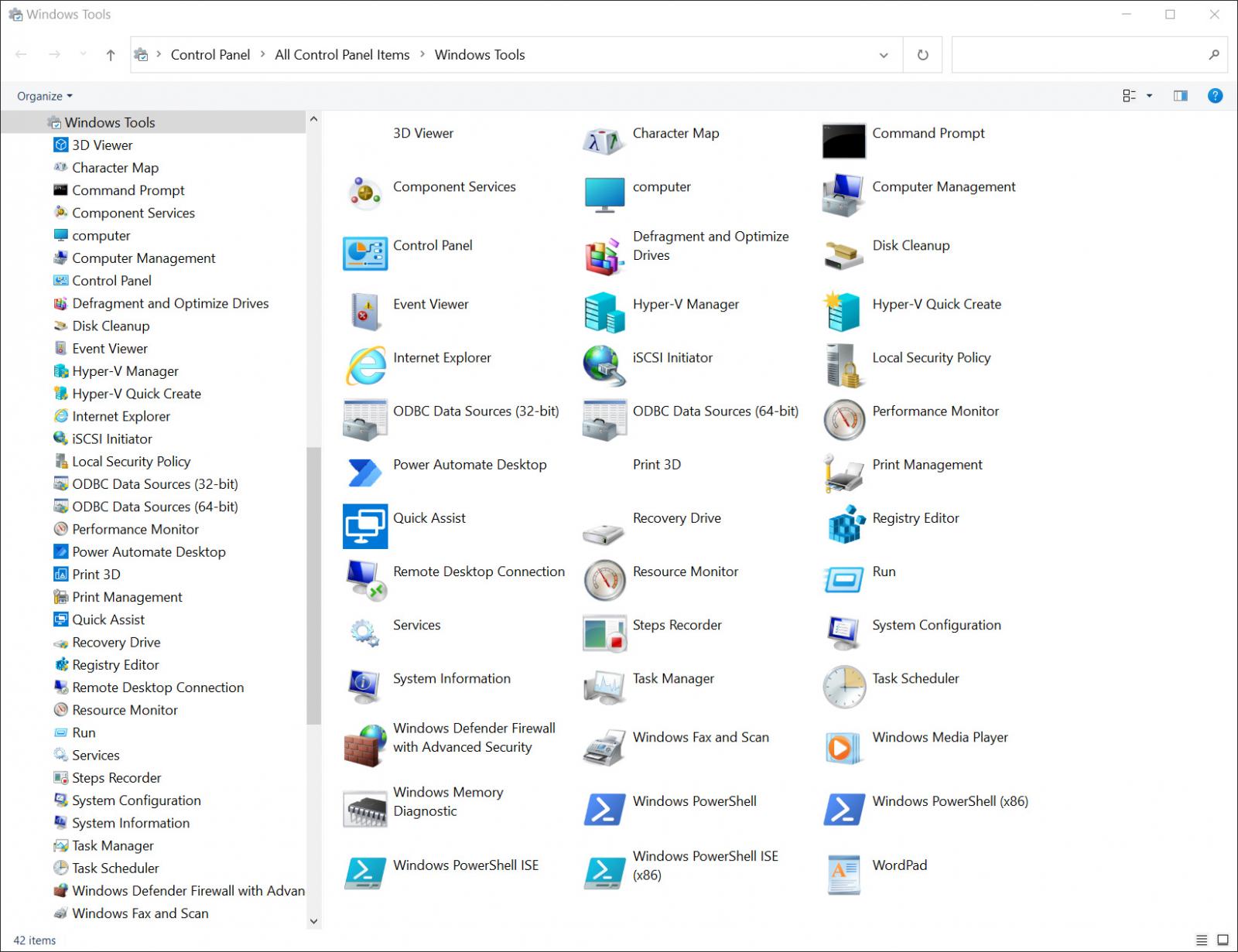
In future versions of Windows 10, Microsoft has removed the venerable 'Administrative Tools' and added a new 'Windows Tools' control panel with almost double the number of tools promoted within it.
Since the early versions of Windows, the operating system has included an 'Administrative Tools' control panel that contains a variety of shortcuts to tools that allow you to configure Windows and perform administrative tasks.

With the release of Windows 10 preview build 21354, Microsoft announced that they have removed 'Administrative Tools' from the Start Menu and added a new 'Windows Tools' control panel, with many additional shortcuts.
As part of this addition, Microsoft took shortcuts previously located in Start Menu folders such as the 'Windows System', 'Windows Accessories', and 'Windows PowerShell' and moved them into the new Windows Tools control panel.

When clicking the Windows Tools shortcut, you will be brought to the new control panel that now contains approximately 40 shortcuts previously located in the Start Menu.
These shortcuts include Windows PowerShell, Power Automate Desktop, Quick Assist, the Command Prompt, the Run dialog, Steps Recorder, Remote Desktop, and more, as shown below.

Like the current Administrative Tools control panel, the new Windows Tools control panel can still be launched from a command prompt using the control admintools command.
Deskmodder notes that you can launch the new Windows Tools control panel from the Run dialog or create a shortcut using the following command:
explorer.exe shell ::: {D20EA4E1-3957-11d2-A40B-0C5020524153}
Two steps forward, one step backward
Microsoft putting more development time into the Control Panel is a surprising move as they have been making a coordinated effort to port existing Control Panel applets to the modern Windows 10 Settings feature.
In a blog post by Microsoft last year, Windows Insider Program Manager Brand LeBlanc announced Microsoft's goal was to align the Windows 10 Settings more closely to the legacy Control Panel.
"There will be more improvements coming that will further bring Settings closer to Control Panel. If you rely on settings that only exist in Control Panel today, please file feedback and let us know what those settings are," Brandon LeBlanc, Senior Program Manager of the Windows Insider Program, shared in a blog post.
Microsoft showed this later in the month when they began testing an automatic redirect from the System control panel to the About Settings page, marking what was believed to be the first step to the Control Panel's end.
Other transitions from the control panel to Windows Settings include a modern Disk Management tool, updates to the Windows 10 Settings include a modern Disk Management Tool, new refresh rate settings, and updated battery settings.
For this reason, it is a bit confusing as to why Microsoft would focus on updating an existing control panel rather than porting it to a new Windows 10 Settings page.



Comments
kingmustard - 3 years ago
For a tech site, this is quite old news
Some-Other-Guy - 3 years ago
I wouldn't call it news
More like spam
Wolverine 7 - 3 years ago
As usual wth MS,one hand doesnt know what the other is doing..